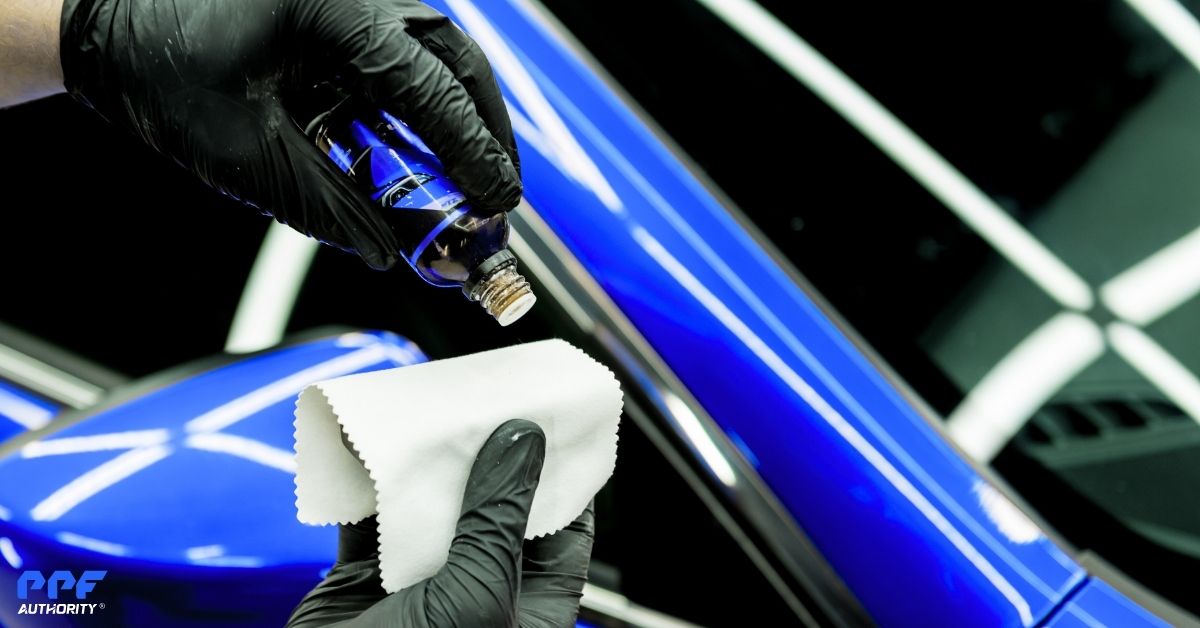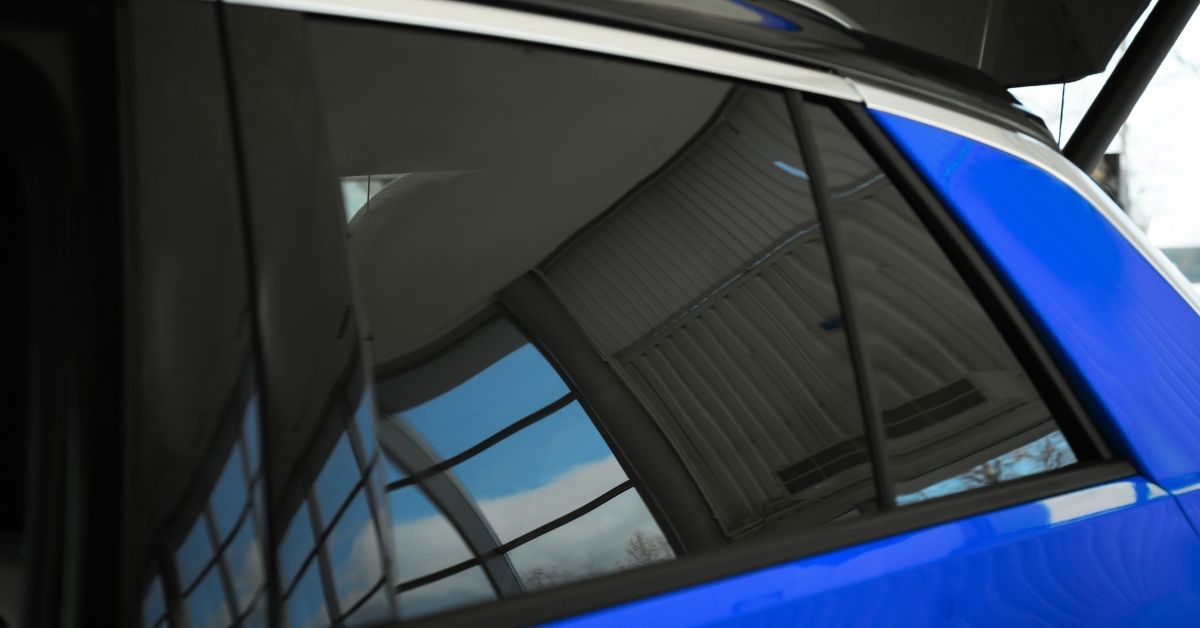Introduction
When it comes to protecting your vehicle’s paint, Paint Protection Film (PPF) and ceramic coating are two of the most popular solutions. Both offer unique benefits, but they serve different purposes and excel in specific scenarios. Choosing between them—or deciding to use both—depends on your vehicle’s needs, driving habits, and personal preferences.
In this article, we’ll compare PPF and ceramic coating, explain their advantages, and help you decide when to choose each option. We’ll also explore how combining the two can provide the ultimate protection for your car.
What Is Paint Protection Film (PPF)?
PPF, also known as clear bra, is a transparent, durable polyurethane film applied to your car’s painted surfaces. It acts as a physical barrier between your paint and external elements like rock chips, scratches, road debris, and environmental contaminants.
Key Features of PPF
- Physical Protection: Shields the paint from chips, scratches, and minor impacts.
- Self-Healing: Most modern PPFs have self-healing properties, meaning minor scratches disappear with heat exposure (e.g., sunlight or warm water).
- Durability: PPF can last 5–10 years with proper care.
- Finish Options: Available in clear or matte finishes to preserve or customize your vehicle’s look.
Best For: Car owners who want maximum physical protection, especially in high-impact areas like the front bumper, hood, and fenders.
What Is Ceramic Coating?
Ceramic coating is a liquid polymer applied to your car’s paint that chemically bonds with the surface, creating a semi-permanent protective layer. Unlike PPF, it doesn’t act as a physical shield but offers superior chemical and UV protection, hydrophobic properties, and enhanced gloss.
Key Features of Ceramic Coating
- Hydrophobic Properties: Repels water, dirt, and contaminants, making the car easier to clean.
- UV Protection: Prevents paint fading and oxidation caused by sun exposure.
- Gloss Enhancement: Provides a deep, mirror-like shine.
- Chemical Resistance: Protects against bird droppings, tree sap, and other corrosive contaminants.
Best For: Car owners who want a glossy finish, easier maintenance, and long-term protection from environmental damage.
PPF vs. Ceramic Coating: Head-to-Head Comparison
| Feature | Paint Protection Film (PPF) | Ceramic Coating |
| Primary Purpose | Physical protection from chips and scratches. | Chemical protection and easier maintenance. |
| Durability | 5–10 years (depending on quality and care). | 1–10 years (depending on product and care). |
| UV Protection | Moderate (depends on film type). | High (prevents fading and oxidation). |
| Hydrophobic Properties | Low (not water-repellent). | High (repels water, dirt, and contaminants). |
| Gloss Enhancement | Minimal (depends on finish). | High (deep, mirror-like shine). |
| Best For | Maximum physical protection in high-impact areas. | Easy maintenance and enhanced shine. |
Can You Use Both PPF and Ceramic Coating?
Yes! Many car owners combine PPF and ceramic coating for the best of both worlds. The ideal approach is to apply PPF to high-impact areas (like the front bumper, hood, and fenders) and then coat the entire car with ceramic coating. This way, you get superior physical protection while still enjoying the hydrophobic and UV-resistant properties of ceramic coating.
Final Thoughts
Choosing between PPF and ceramic coating depends on your priorities. If you want maximum protection against physical damage, PPF is the better choice. If you’re looking for ease of maintenance and a high-gloss finish, ceramic coating is the way to go. And for those who want the ultimate protection, combining both can give you the best results.
By understanding the strengths of each option, you can make an informed decision to keep your vehicle’s paint looking pristine for years to come.

